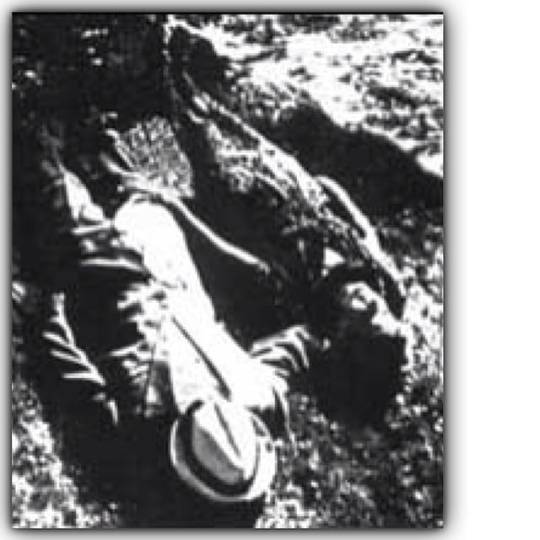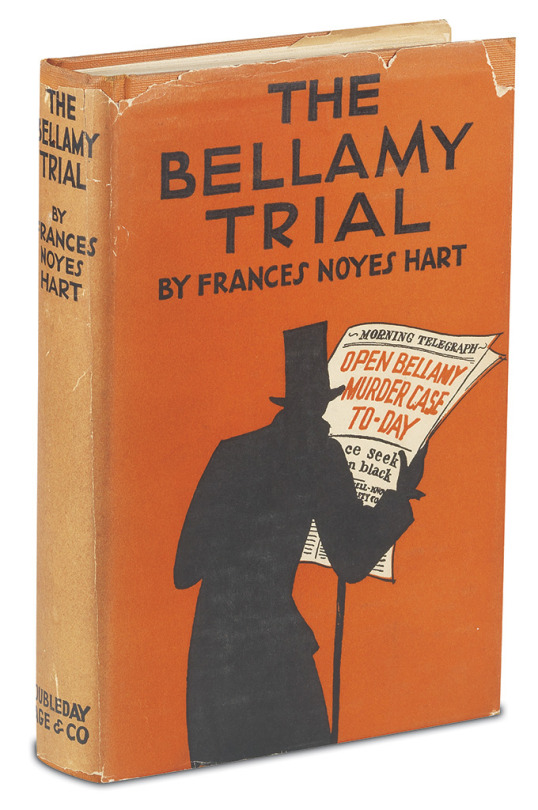#frances noyes hart
Text
Books of the Summer: May-Aug 2024
I'm back baby! These little blurbs at the top are usually where I put my disclaimer that these books are the ones I recommend, but not necessarily my favorites, and that particularly holds true for this summer when I consider a few that didn't make my list below: I read 20-something(!!) of the Hamish Macbeth mystery series, by M.C. Beaton, over June and July, and obviously I liked them because I just. kept going, but I also have several quibbles with them (e.g., twenty books and several years into the series, the main character is still "about 35"). I enjoyed them as something mostly brainless. Then in August, I read and very much enjoyed the Windrose Chronicles, by Barbara Hambly, a particular type of 80s portal fantasy, but in this case although my enjoyment was unalloyed, I feel like they're a rec for very specific circumstances or specific people. Anyway, thought both these series deserved some sort of honorable mention, but my official Books of the Summer are:
May
Giovanni's Room (James Baldwin): This is one of those tragedies where no one could have done anything different because of who they are as people, but even as you know what will happen from the beginning of the book, it's still worth reading to understand how. Also Baldwin is so good at writing. Not a happy book, but worth it.
June
Last Call at the Nightingale (Katharine Schellman): I'm recommending this one because it seems like I've seen (at least a few) people on the lookout for a good mystery set in the 1920s that is (queer) female-centric and not entirely trusting of cops, and this is definitely that. (Also the other book I saw being recced for that kind of thing was Dead Dead Girls, and I read it a little while ago and tbh was unimpressed with the writing.) I also read a few in another series by Schellman this summer, and I generally enjoy her mystery plots and attention to historical detail, while she also always makes sure she has a diverse cast of characters.
The Bellamy Trial (Frances Noyes Hart): A classic mystery (as in, published during the Golden Age), interesting in its trial formatting - the murder has happened, we're hearing everything in the courtroom sort of from the point of view of a pair of newspaper reporters. It's fun the way details are revealed.
July
The Ropemaker (Peter Dickinson): Did you know that Peter Dickinson was married to Robin McKinley? True power couple. I love The Ropemaker, I think I originally found my copy in a used book store with absolutely nothing to go on but the cover (it was years ago), and have read it several times. I particularly like that the main character doesn't have magic (and magic isn't entirely common in the fantasy world, though several other characters can do it), and she starts out feeling reasonably upset and left out, and then starts to realize that her own lack of magic is a particular, specific strength.
August
The Documents in the Case (Dorothy L. Sayers with Robert Eustace): I think I found this book by poking around the "Mysteries" section in a used book store, which is always a good way to find odd anthologies and Detection Club collections. This standalone mystery is, as it suggests, a collection of documents (mostly letters) meant to illuminate a mystery: handily, the son of the murdered man is collecting them and writes a little bit of analysis for us/the official to whom he is sending them, so we eventually get gaps in the story filled in. I particularly like the way that the nature of the medium means that every character is an unreliable narrator to some extent, and it takes a little reading before you can start to figure out who to trust more. I have read this a few times and always forget that it is kind of a chilling little story, in the end, but also really good!
#books of the summer#books of the month#book recs#giovanni's room#james baldwin#last call at the nightingale#katharine schellman#the bellamy trial#frances noyes hart#the ropemaker#peter dickinson#the documents in the case#dorothy sayers#robert eustace#also sort of:#hamish macbeth#m.c. beaton#the windrose chronicles#barbara hambly
7 notes
·
View notes
Photo

The Hall–Mills murder part 3 Gibson told the investigators that her dog was barking loudly about 9:00 pm on the night of the murder. She went outside of her house and saw a man standing in her cornfield. She rode her mule toward Easton Avenue to approach the man. As she got closer she saw that there were four people standing near a crab apple tree. She heard gunshots and one of the figures fell to the ground, presumably dead. She testified that a woman screamed, “Don’t,” three times. She said she turned her mule in the opposite direction and headed back to her house, she heard more gunshots and when she looked back at the tree, she saw a second person fall down, presumably dead. She testified that she had heard a woman shout the name “Henry.” Gibson’s account varied, differing when told to the police, to newspapers, and at her trial (at which she testified from a hospital bed rolled into the court room). Frances Stevens Hall and her two brothers had the motive and the means for the murder, but there was not enough evidence to convict them. The suspected murderers were acquitted in the 1926 trial. The trial inspired the novel The Crime by Stephen Longstreet as well as Frances Noyes Hart’s novel The Bellamy Trial, a pioneering work that helped the genre of the courtroom mystery and was turned into a film in 1929. Even before the trial, the silent film The Goose Woman (1925), starring Louise Dresser and Jack Pickford, capitalized on Jane Gibson’s story and statements; the film was remade as The Past of Mary Holmes in 1933. In the history of journalism, the case is largely remembered for the vast extent of newspaper coverage it received nationwide; it has been regarded as an example of a media circus. It would take the Lindbergh kidnapping trial in the 1930s to eclipse the high profile of the Hall-Mills murder. #destroytheday (throwback post from July 15th, 2015) https://www.instagram.com/p/CDb1mb-hyCb/?igshid=189fox9unc0px
0 notes
Photo

The Bellamy Trial. Frances Noyes Hart. New York: Doubleday, Page & Company, 1927. First edition. Original dust jacket.
The tale begins when the eponymous trial does—after a Long Island prosecutor has determined that Stephen Bellamy and Susan Ives should face a jury of their peers for allegedly stabbing to death Mimi Bellamy, Stephen’s wife and the putative lover of Susan’s husband.
24 notes
·
View notes